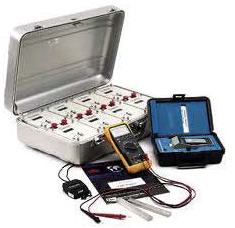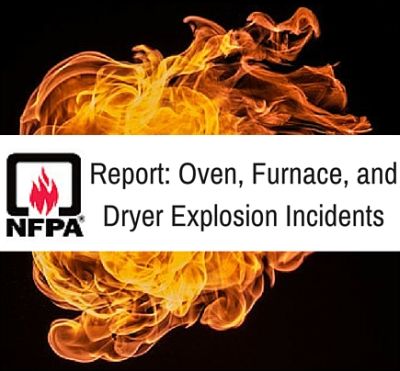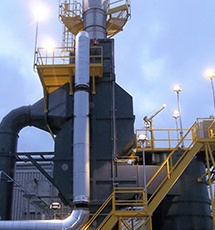 Friday, April 22, 2022, marks the 52nd annual Earth Day. Earth Day was founded by U.S. Senator Gaylord Nelson, who was concerned that environmental issues were not being addressed. He created the first Earth Day on April 22, 1970, as a "national teach-in on the environment,” with celebrations taking place at universities, primary and secondary schools, and communities across the United States. The first Earth Day was effective at raising awareness about environmental issues and transforming public attitudes. It is thought that over 20 million people participated in events that day. In 1990, Earth Day became a worldwide event, with over 140 countries and 200 million people participating. Today, more than 1 billion people are involved in Earth Day activities, making it "the largest secular civic event in the world."
Friday, April 22, 2022, marks the 52nd annual Earth Day. Earth Day was founded by U.S. Senator Gaylord Nelson, who was concerned that environmental issues were not being addressed. He created the first Earth Day on April 22, 1970, as a "national teach-in on the environment,” with celebrations taking place at universities, primary and secondary schools, and communities across the United States. The first Earth Day was effective at raising awareness about environmental issues and transforming public attitudes. It is thought that over 20 million people participated in events that day. In 1990, Earth Day became a worldwide event, with over 140 countries and 200 million people participating. Today, more than 1 billion people are involved in Earth Day activities, making it "the largest secular civic event in the world."
The theme of Earth Day 2022 is Invest in our Planet™. Smart companies are discovering that it is no longer a choice between going green and growing long-term profits — sustainability is the path to prosperity. So for both humanitarian and business reasons, it is imperative that companies of all sizes take action and embrace the benefits of a green economy.
Since the first Earth Day and the establishment of the EPA in 1970, EPA has played a key role in protecting human health and the environment. Understanding and addressing climate change is critical to EPA's mission. Through the EPA Center for Corporate Climate Leadership, EPA encourages organizations to achieve cost-effective greenhouse gas (GHG) emission reductions and drive innovations in reducing their greenhouse gas impacts. The Center provides guidance for companies to calculate and report emissions including Scope 1 emissions (direct GHG emissions).
Scope 1 GHG emissions are defined by the EPA as emissions resulting from stationary combustion including boilers, heaters, furnaces, kilns, ovens, flares, thermal oxidizers, dryers, and any other equipment or machinery that combusts carbon bearing fuels or waste stream materials.











 Recently, the National Fire Protection Association (NFPA) funded a report that looks to gather information regarding explosions in ovens, furnaces, and dryers. The report was prepared by Sreenivasan Ranganathan and Sean Gillis of the Fire Protection Research Foundation. The report is important work that will be used by the NFPA technical committee during review of the upcoming code revisions.
Recently, the National Fire Protection Association (NFPA) funded a report that looks to gather information regarding explosions in ovens, furnaces, and dryers. The report was prepared by Sreenivasan Ranganathan and Sean Gillis of the Fire Protection Research Foundation. The report is important work that will be used by the NFPA technical committee during review of the upcoming code revisions.





